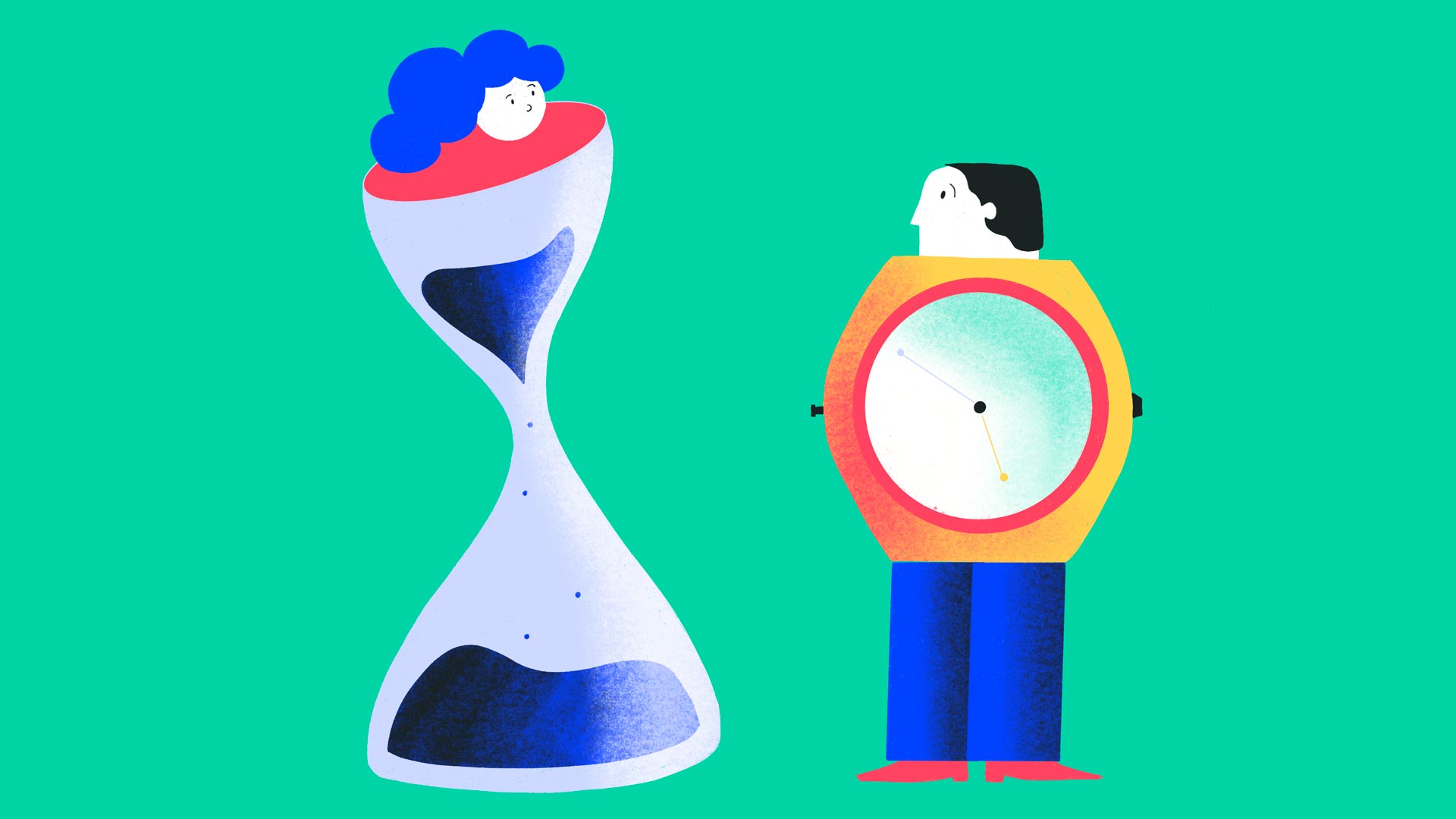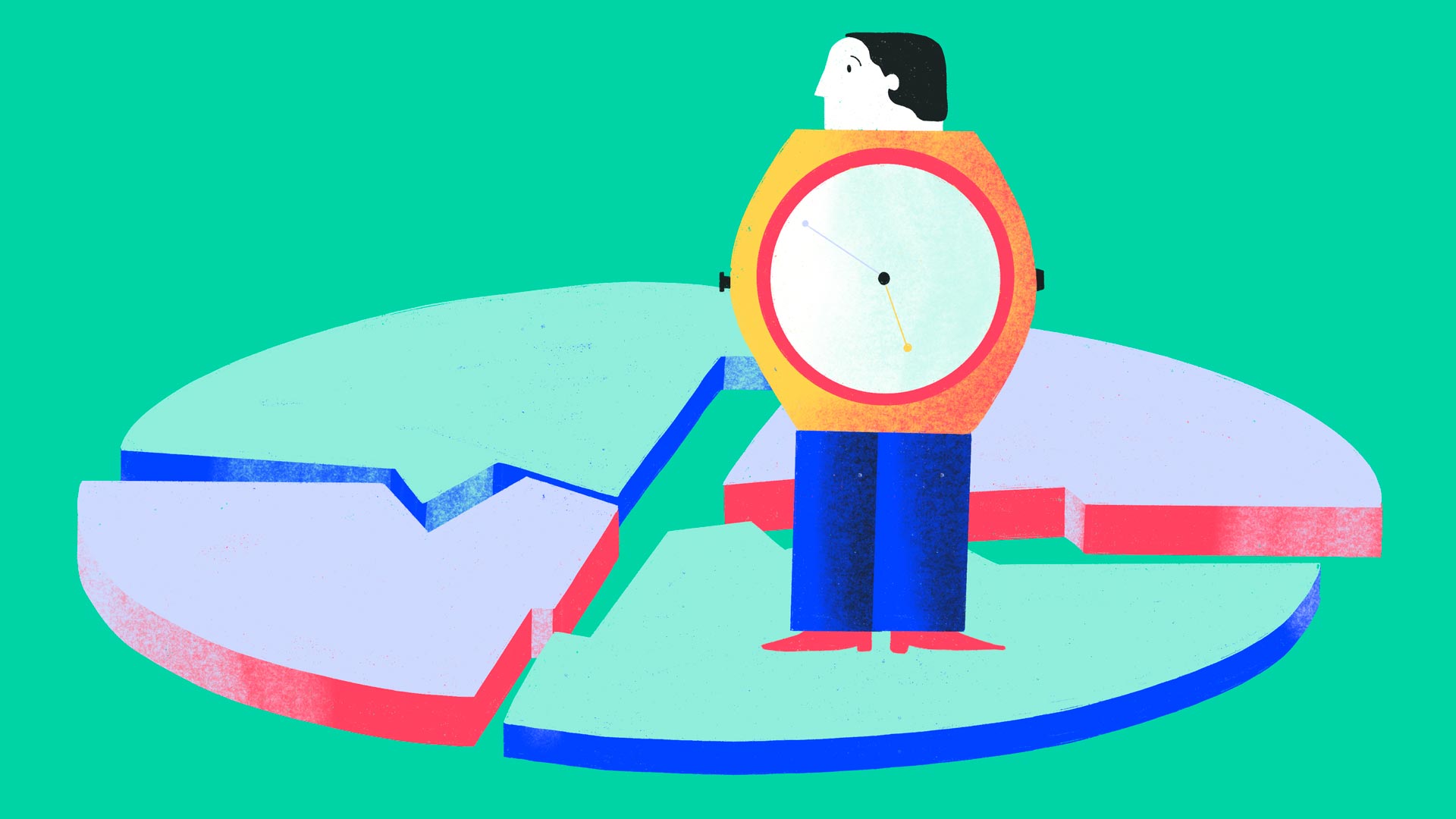The Great AI Divide
How Artificial Intelligence is amplifying misunderstandings in organizations
by MAIZE

Artificial Intelligence (AI), while promising to be a panacea for all corporate ills, is paradoxically widening a great divide between top management and the operational base. Far from being a simple disagreement, this rift threatens to undermine the very foundation on which the delicate organizational balance rests: trust.
It’s not the first time office workers and executives have found themselves on opposite shores of a river of misunderstanding. Recently, we’ve witnessed significant disagreements over issues such as the adoption of remote work or corporate welfare policies. However, AI is not a simple tool or corporate policy: it’s a revolution comparable to the agricultural or industrial revolutions. And like any revolution worth its salt, it promises a bright future and raises fears of a professional apocalypse.
Highlight ✦ 60% of workers worry that AI could eliminate their jobs, while less than one-third of C-suite leaders feel job displacement is a worry for their people.
This discrepancy in perceptions is not just a number on a chart: it’s a symptom of a deeper disconnect, an interrupted dialogue between those who run the business and those who make up its operational fabric. But what is really behind these numbers? What unexpected visions emerge when we carefully examine the views of both sides?

The AI burnout: when efficiency becomes a boomerang
One of the most surprising aspects of recent research is the perception of burnout risk associated with AI adoption. Contrary to what you might think, it’s not employees who fear work overload the most, but company executives.
71% of C-suite executives and 53% of senior managers agree that AI will lead to increased workloads and create further burnout. In contrast, only 33% of intermediate employees and 28% of entry-level employees share this concern.
This reversal of expectations raises crucial questions: Do executives perhaps fear they will be unable to manage the transition to an AI-centric work environment? Or do they expect increased efficiency to lead to greater pressure to achieve ever more ambitious results?
Highlight ✦ Business leaders are more concerned about AI-induced burnout than their employees, defying common expectations on the topic.
The reality is that AI, like any powerful tool, requires careful management. The promise of greater efficiency could become a trap if not accompanied by a redefinition of expectations and workloads. Executives seem aware of this risk, worried that increased productivity could lead to ever-higher expectations and an endless race to meet increasingly ambitious goals. On the other hand, employees hope that AI will make them not so much faster, but rather freer — thus paving the way for reduced working hours and a better work-life balance.

Trust and training: pillars of AI democratization
A crucial aspect that emerges from the analysis is the crisis of trust and the disparity in AI training across various organizational levels. This disparity is not just a matter of access to technology but reflects a broader crisis of transparency and preparedness.
According to Asana’s The State of AI at Work, which surveyed 4,546 knowledge workers across the US and UK, only 32% of employees feel their company has been transparent about its use of AI, with a significant gap between executives (44%), managers (38%), and individual contributors (25%). This lack of transparency fuels distrust and anxiety among employees, creating fertile ground for misunderstanding and resistance.
Highlight ✦ The crisis of trust and lack of adequate AI training are creating a growing divide between organizational levels, hindering the true democratization of the technology.
The same report confirmed that training, on the other hand, seems to be the great absentee in this landscape. While 25% of executives say their companies provide AI training for their day-to-day work, only 11% of individual contributors confirm receiving such training. This gap not only amplifies the skills gap but also undermines the possibility of true AI democratization in organizations.
If organizations don’t bridge this gap, AI risks becoming another source of division and inequality rather than a means of democracy.

The great reversal: when AI challenges hierarchy
Contrary to the dominant narrative that sees frontline workers as the most vulnerable to automation, a surprising scenario is emerging: perhaps managers, not frontline workers, should fear for their jobs the most.
According to Gartner, by 2030, 80% of today’s project management tasks will be automated, effectively eliminating the discipline and replacing traditional PM functions with AI. A global Pega survey reveals that 78% of the executives interviewed believe that increased use of AI and robots will drastically reduce the number of mid-level managers.
This scenario is no longer speculative. There are already case studies of “AI bosses” performing on par with their human counterparts in tasks such as scheduling, workload planning, and time tracking. For example, a student marketing agency in Vancouver experimented with an AI manager developed by Inspira, with surprising results in terms of employee efficiency and motivation.
The prospect of management automation raises profound questions about the very nature of work and corporate governance. If AI can perform traditional coordination and supervision functions, what will the new role of human managers be? How will power dynamics and decision-making within organizations be redefined?
This evolution could lead to a radical restructuring of corporate hierarchies. Managerial roles may evolve toward more “human” skills that are less easily replicated by AI, such as empathy, strategic creativity, and the management of complex interpersonal dynamics. On the other hand, frontline workers may find new opportunities for autonomy and professional growth, free from the constraints of constant supervision.
The paradox ✦ While business leaders are more optimistic about AI (62% vs 42% of frontline workers), they may be the ones who face the greatest challenges in terms of redefining their role and value within the organization.
To address this “great reversal” scenario, organizations must engage in an open and honest dialogue at all levels, concretely reflecting on the long-term implications for all job categories.
In conclusion, the Great AI Divide in organizations is a multifaceted and evolving phenomenon. It’s not just about differences of opinion but about visions that threaten to undermine organizational cohesion.
For AI to prove itself as the driver of the shared innovation and growth that’s expected, a different form of intelligence will need to be deployed: the emotional and collaborative one that no AI will ever be able to fully replace.
This article is part of our research project


